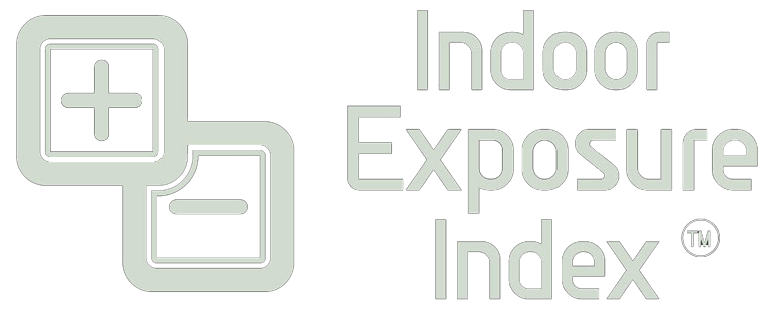
ATP and BEMI LOVE
A surface sampling program using ATP measurement enables determining an average level of ATP and development of a simple numeric index from 1 to 10, with 1 being the lowest, as a direct way to communicate the cleanliness and potential microbial load of various surface areas.
We refer to this simple scale as the Bioload Exposure Metric Index (BEMI, pronounced “Be My”) from 1-10.
What are the steps to arriving at BEMI, and what does it represent?
- Take multiple surface samples measuring ATP levels in a specific area, and record the findings in each area.
- The averaged ATP levels determine a representative bioload level for each surface and area which we call the Localized Verified Exposure (LOVE) Index. The BEMI LOVE (“Be My Love”) index number is specific to sampled areas and potentially impacts people in those areas.
- Average ATP levels enable the BEMI 1 to 10 scale, where lower numbers indicate lower ATP concentrations and, thus, cleaner surfaces with less potential for microbial contamination and related exposures.
- Since ATP is a proxy for bioload, its measurement is also a proxy for other types of soils. By detecting ATP, one can infer the cleanliness level and the presence of other soils on surfaces, providing a reliable indicator of overall cleanliness, aiding in the prevention of contamination and the promotion of public health.
- ATP measurement standardized to a BEMI LOVE number serves as a valuable tool in maintaining high cleanliness standards in specific areas, and is a neutral metric that can be used by anyone to help determine health impacts.

Interesting post.